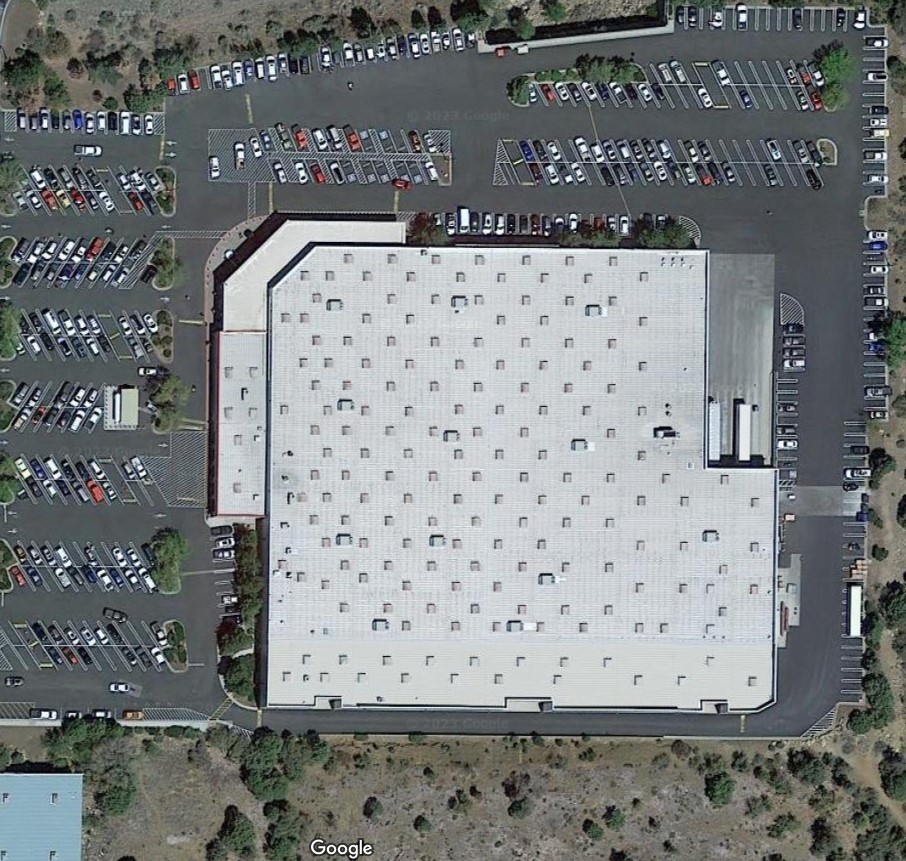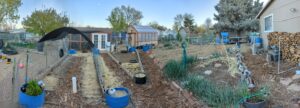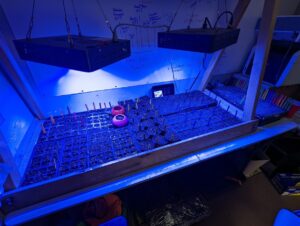
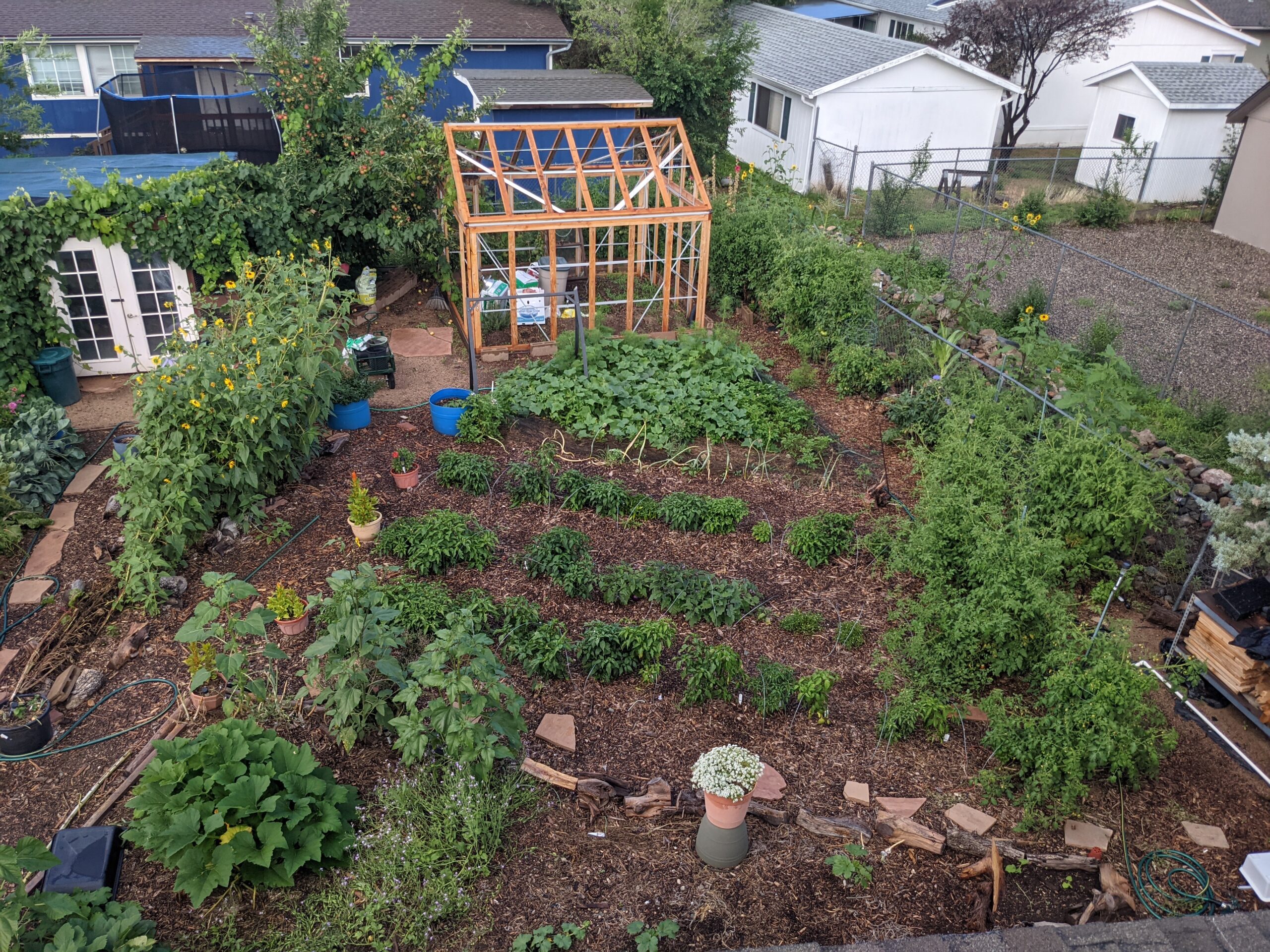
How to Start Growing a Garden in Northern Arizona
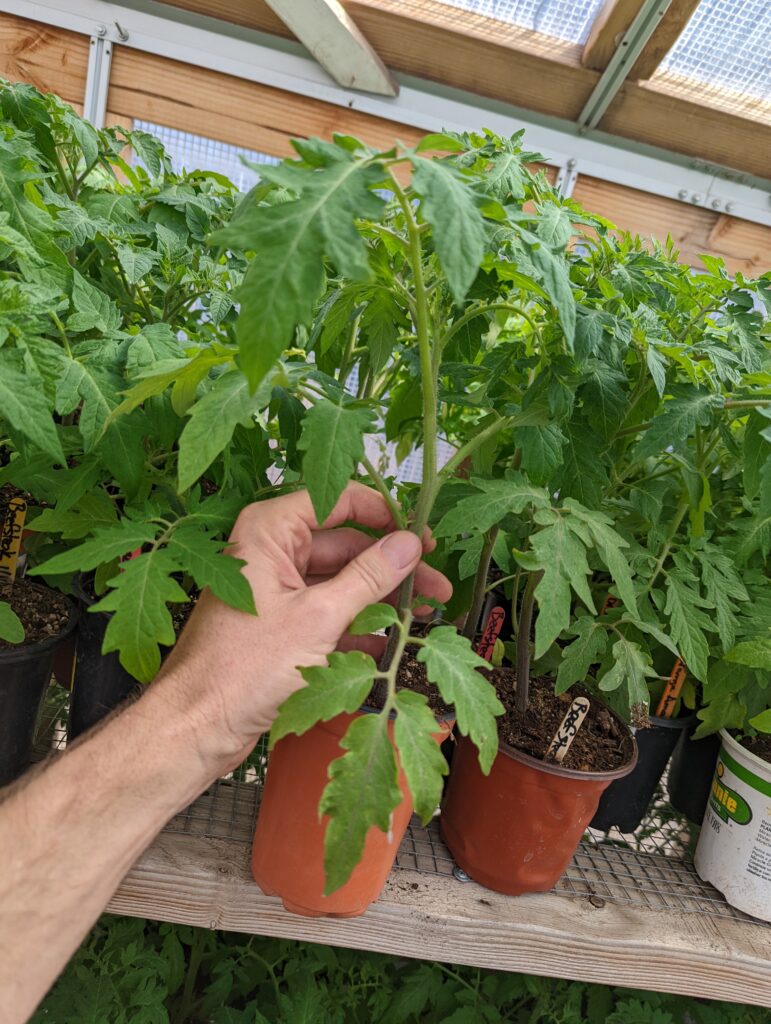
“I would love to plant a garden but I just don’t have enough room and I have black thumbs!”
Is this your world? Are you feeling frustrated with the lack of space you have to grow your favorite plants? Are you lacking those green thumb skills? Or perhaps you are just new to growing a garden in Northern Arizona. You are not alone! There is a solution to be had but first we must change our mindset. Ready? Let’s do this!
First, let’s acknowledge that if you can plant even one plant in one pot, you can begin the educational journey of turning your thumbs and your whole environment green.
Next,understanding and providing healthy, well-drained, nutrient rich SOIL for your plants is possible and not very difficult to accomplish.
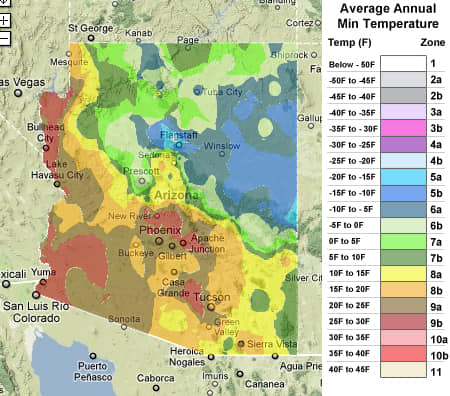
Finally, your agricultural zone can give you strong clues as to when you should be planting inside and outside; in relation to expected temperatures and seasons.
Whether you plant one pot, a raised bed or directly into the ground, the principles are primarily the same.
Let’s talk about making our own soil. It’s cheaper and in my experience more effective than bagged soils or “garden” soil delivered from the local nurseries. So here it is.
LIVING SOIL RECIPE. We use this for seeds, seedlings, up-potting, and transplanting into the garden.
– 2 Five Gallon buckets full of loose peat moss. (For good drainage)
– 1-1/2 Five gallon buckets of manured compost. (***See below for example)
– 1-1/2 cups garden lime (white powdery lime, get it by the 50 lb bag, for PH Alkalinity Increase)
– 3/4 cup Epsom Salt (for minerals)
– 12 cups of Perlite or Vermiculite (for water retention)
– 1 cup of Diatomaceous Earth (for calcium, magnesium and silica, good for flowers and fruit)
Get Epsom salt at the grocery store. Get the rest at your local hardware store.
***Manured Compost examples***
Old, dried (horse, cow, steer, chicken, goat, rabbit, or other) manure mixed with vegetable compost, garden trimmings compost, wood mulch compost. Etc.
We use chicken manure compost we harvest from our chicken pen/compost area.
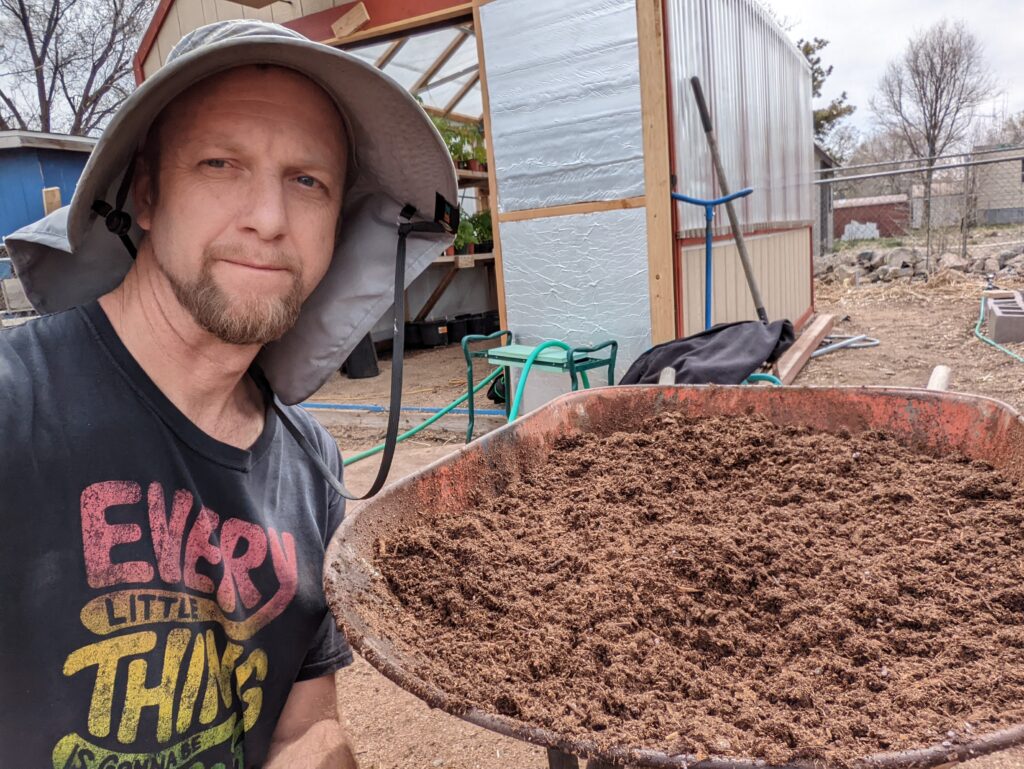
If you don’t have this option, get steer manure and mushroom compost from Home Depot. Mix it half and half to compose the manured compost element of this soil recipe. This is the most important part of the soil as it provides the nitrogen, natural enzymes and other nutrition for the soil
Next you must decide what to plant. In Northern Arizona ZONE 7, in the Autumn thru Winter season (October through March) use a cold frame greenhouse; simply a frame covered with clear or opaque plastic to get started with your cold crops. Use a small heater to keep it above freezing if you want all your plants to make it through the winter.
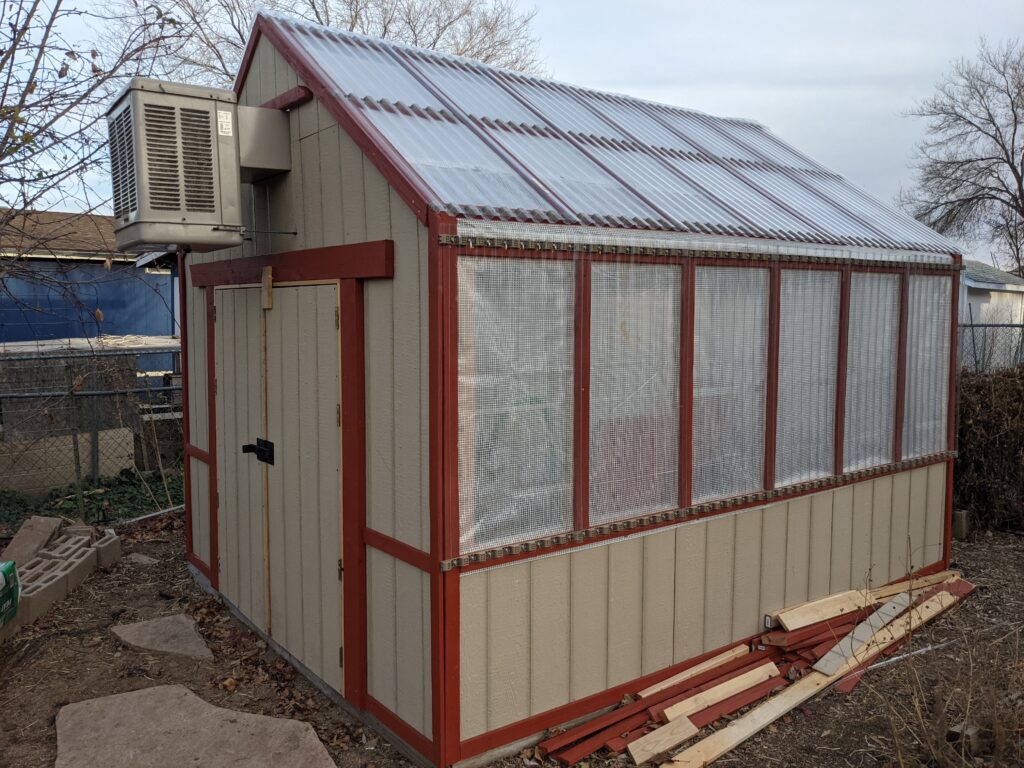
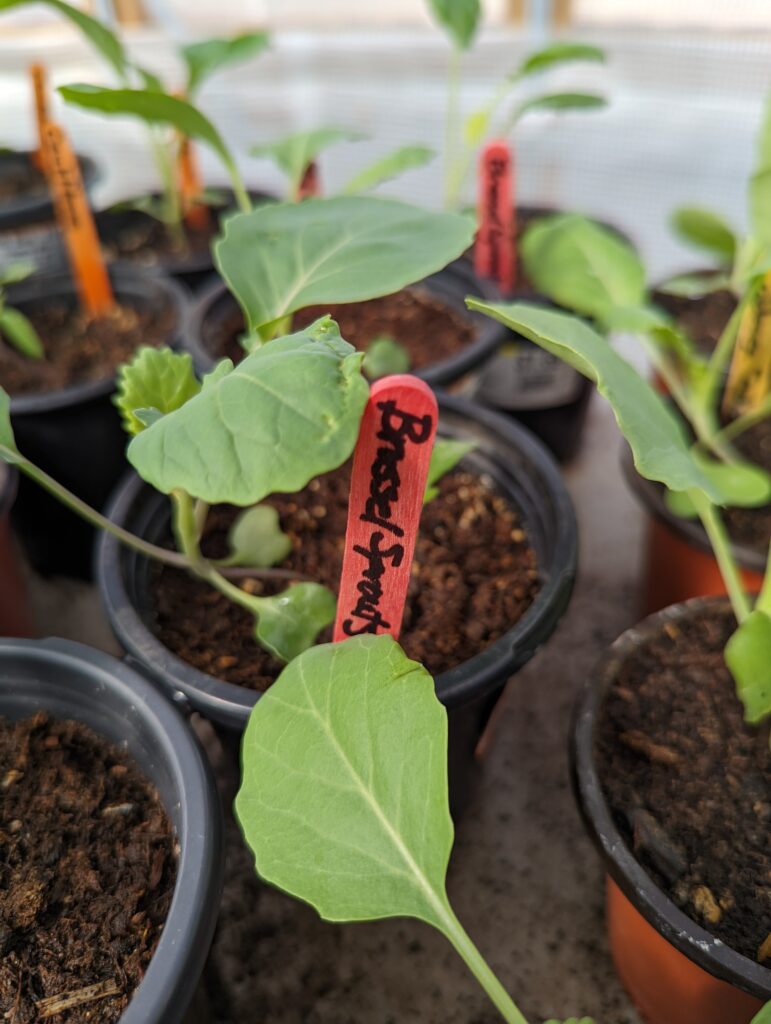
Cold Crops such as Brassicas (cabbage, broccoli, cauliflower, brussel sprouts) as well as lettuces, kale, horseradish, and radishes are some examples of cold crops which should flourish above 32 degrees to 60 degrees. You may need to start them inside in warmer temps to get them germinated and then move them to your cold frame.
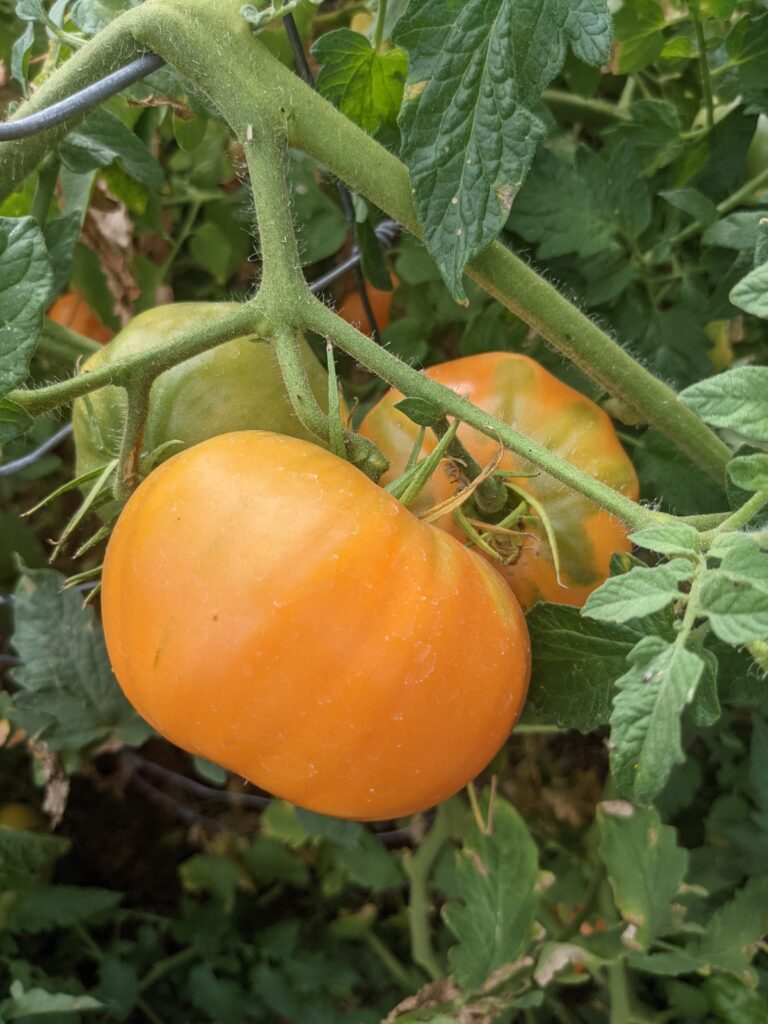
Warm crop plants like tomatoes and squash do the best when temps range no lower than 55 and no higher than 95 degrees Fahrenheit. Flowering and fruiting is slowed down outside these ranges. In Northern Arizona, that means from approximately mid May (Mother’s Day) thru August you can plant warm crop seeds directly outside. You want to partially shade some plants in the peak heat of summer.
In future articles, we will be discussing:
- When and how to start inside plants for Spring garden
- How to set up a Back To Eden garden
- Outside soil composition
- Composting and Vermicomposting
- Arizona watering methods (flood irrigation or top watering)
- Microbiome development
- Outside planting practices
- How to organically deal with garden pests that are common to Northern Arizona.
Happy Gardening!
